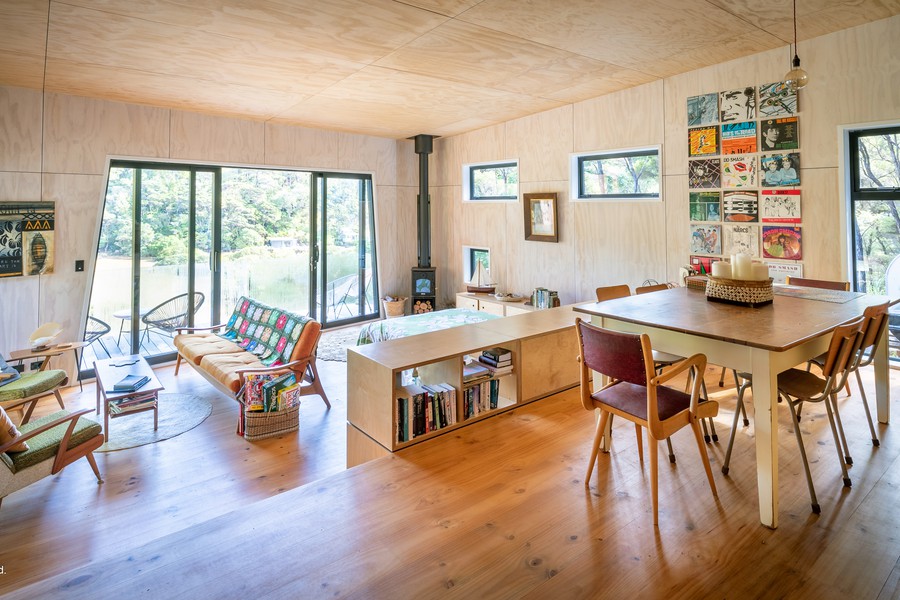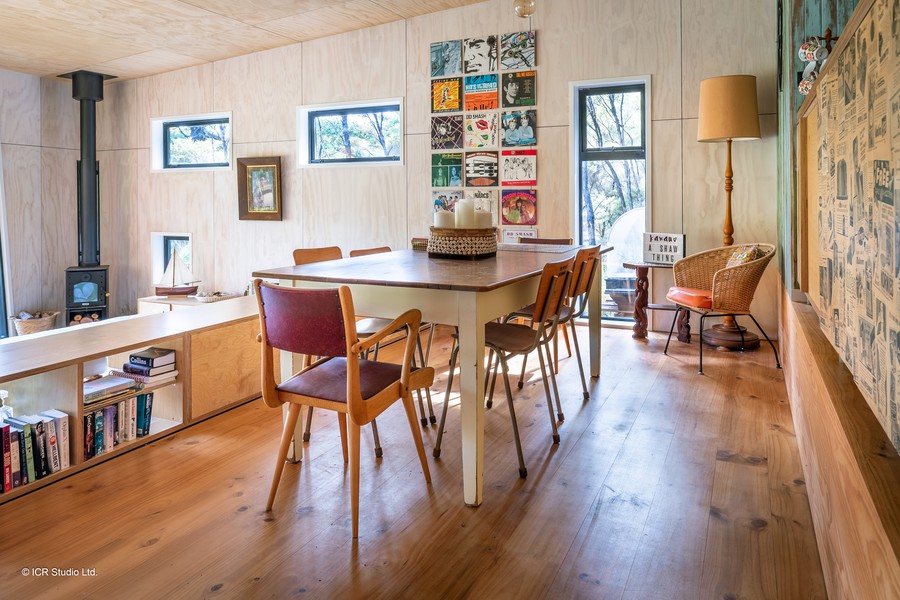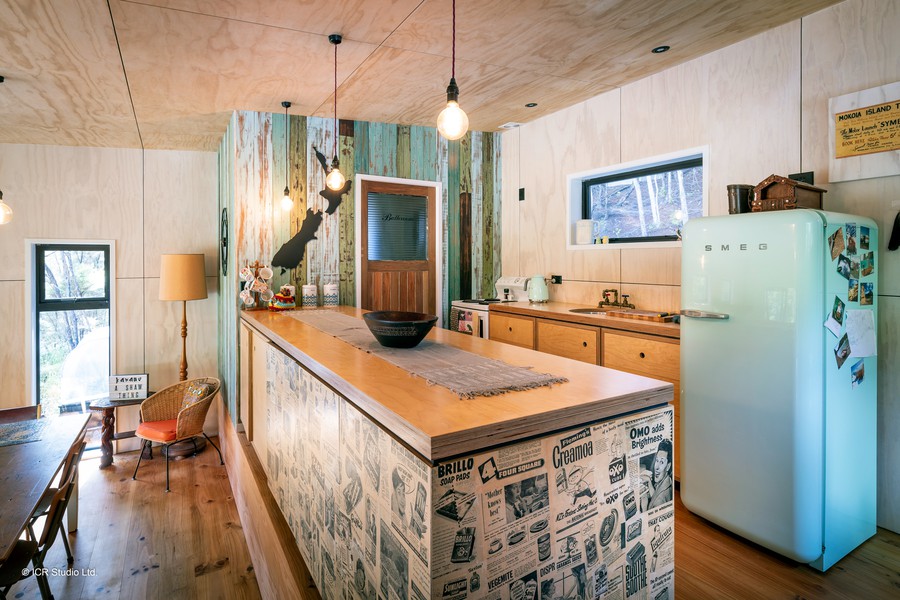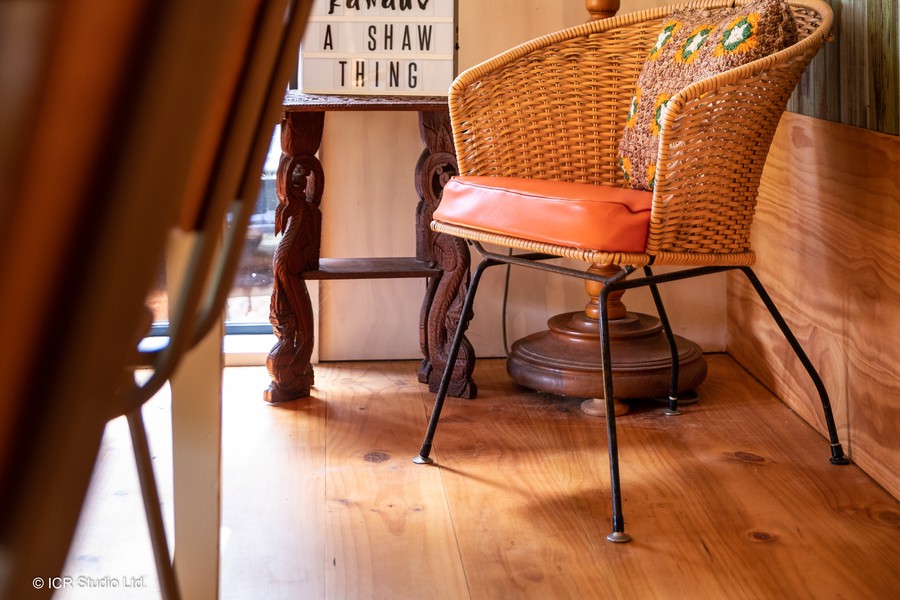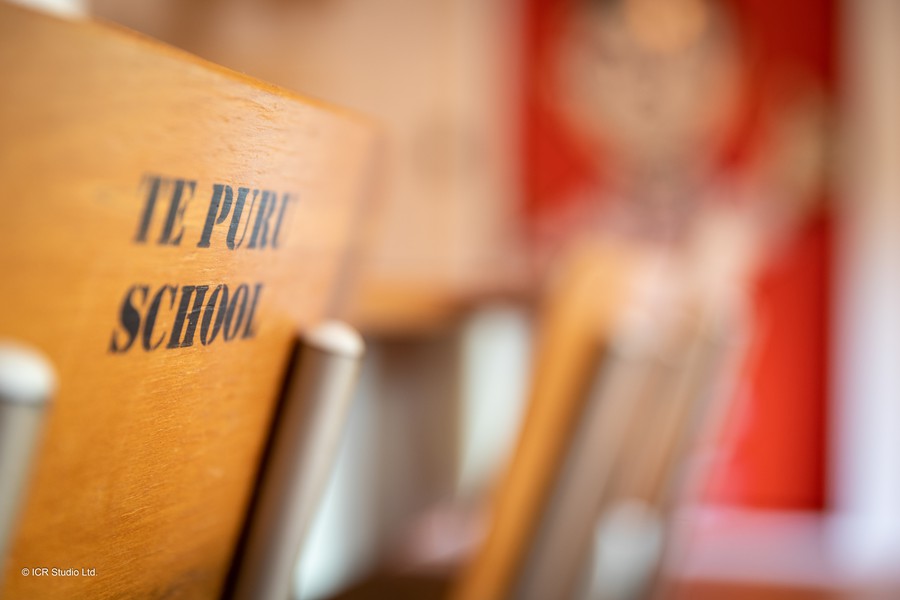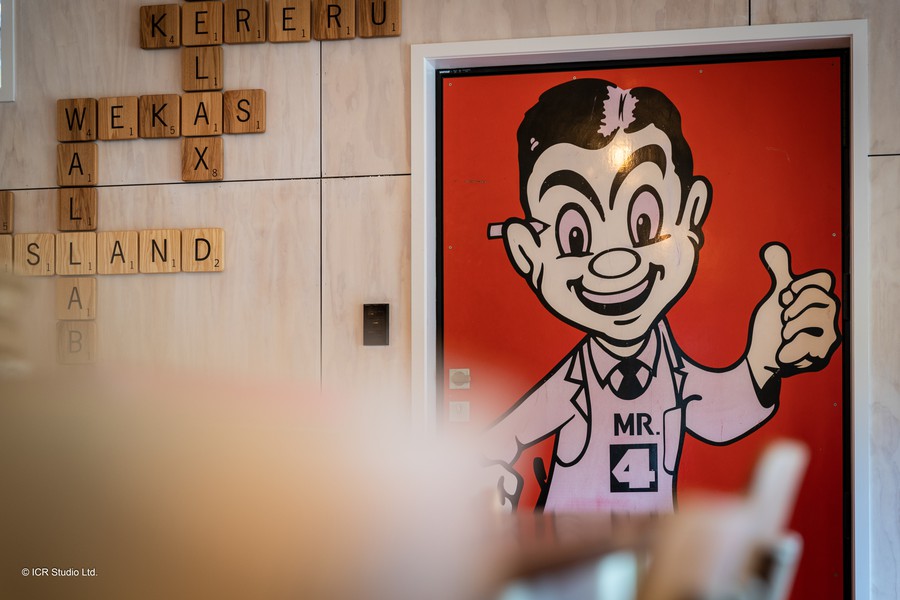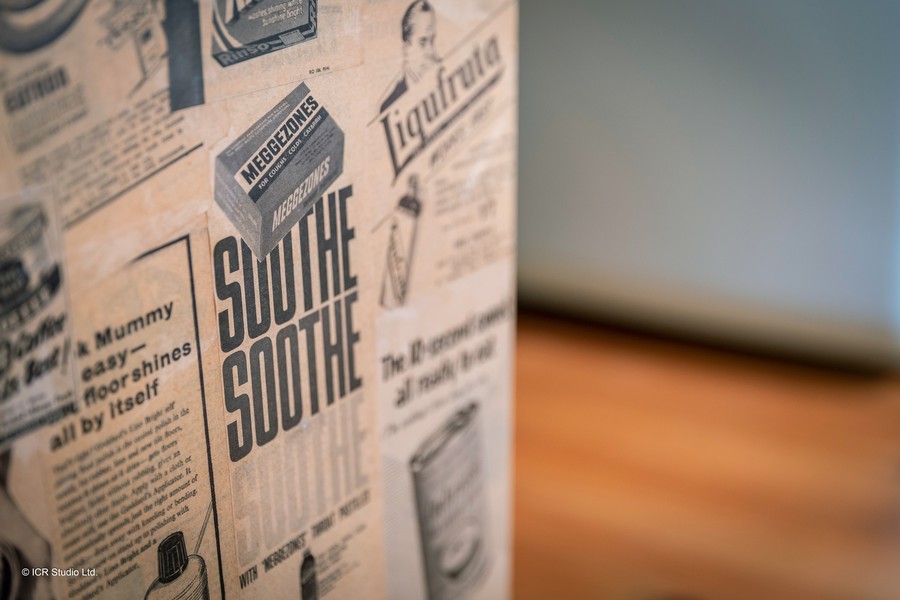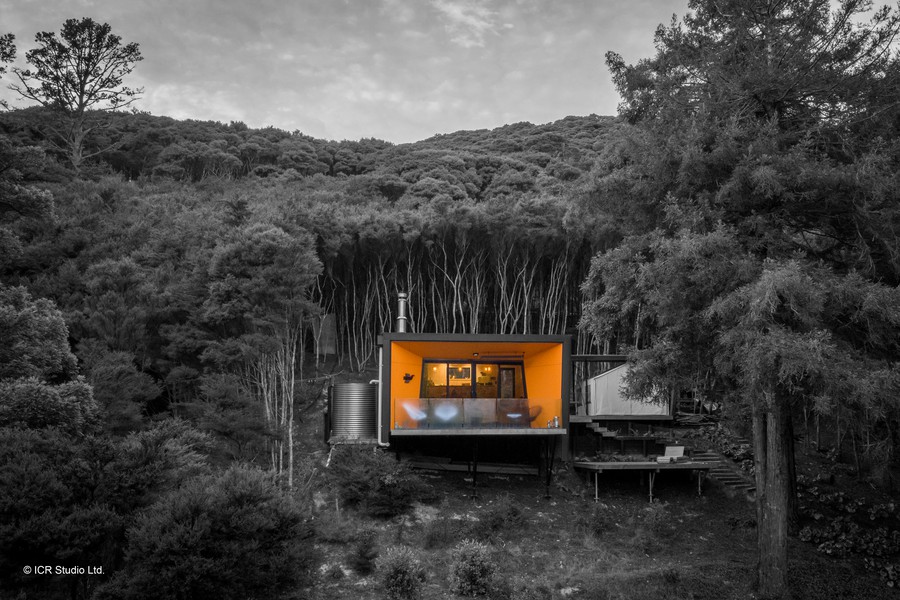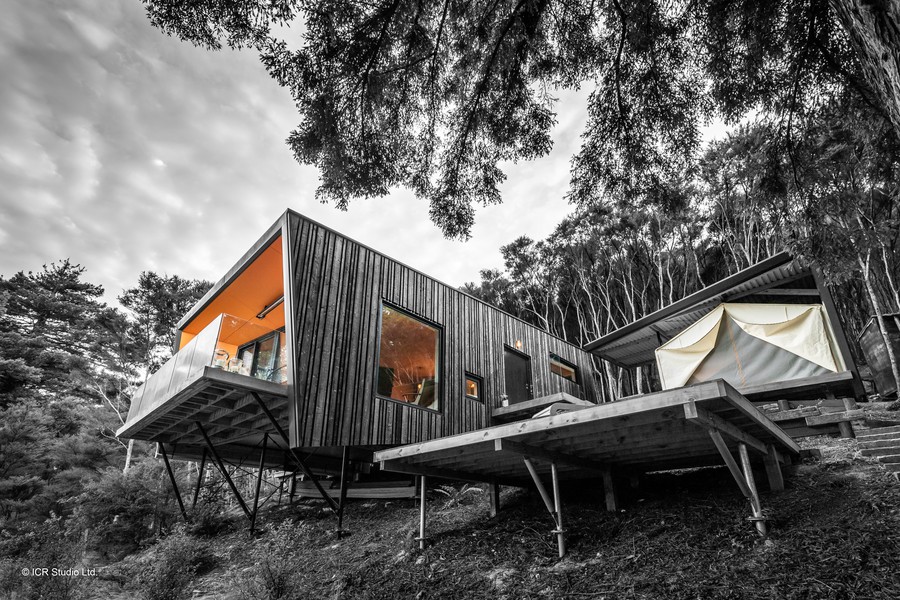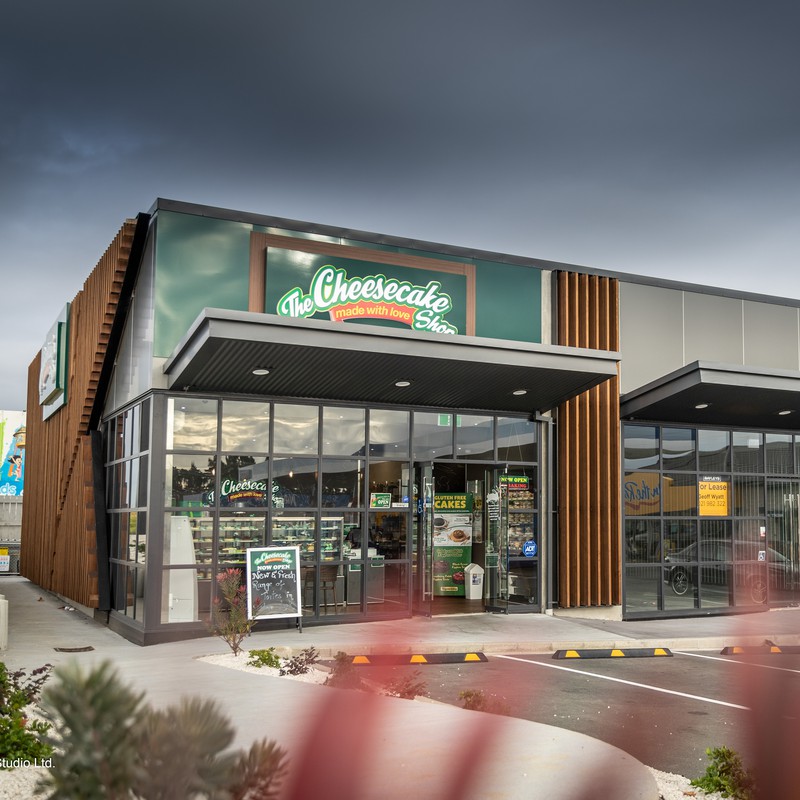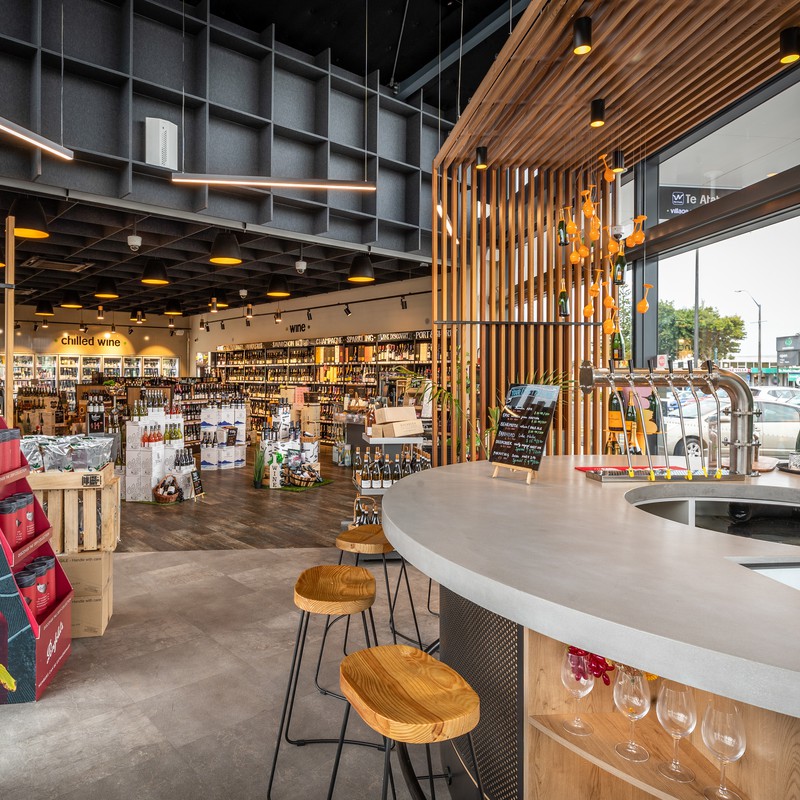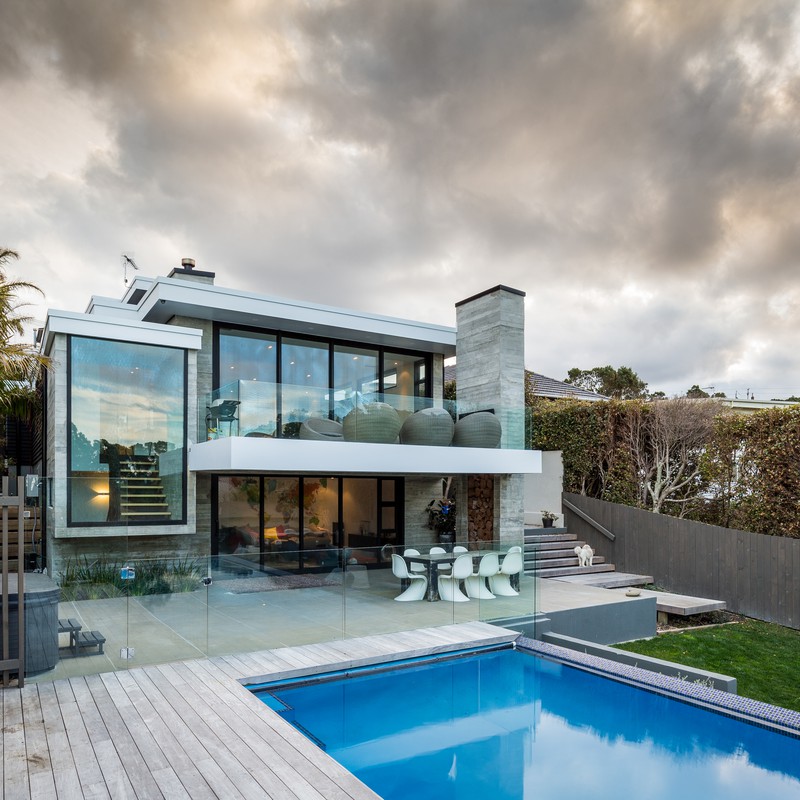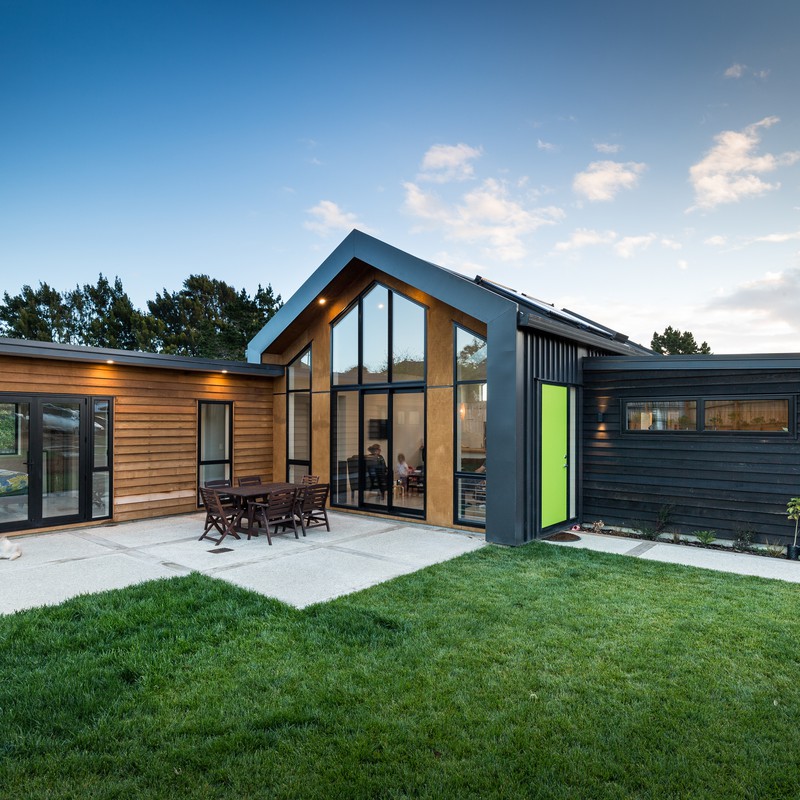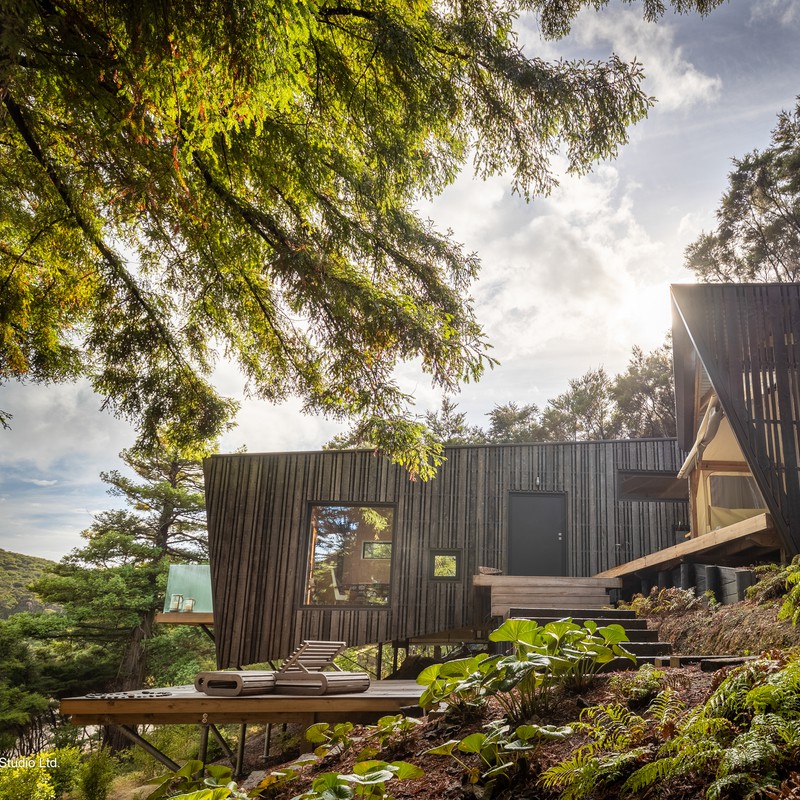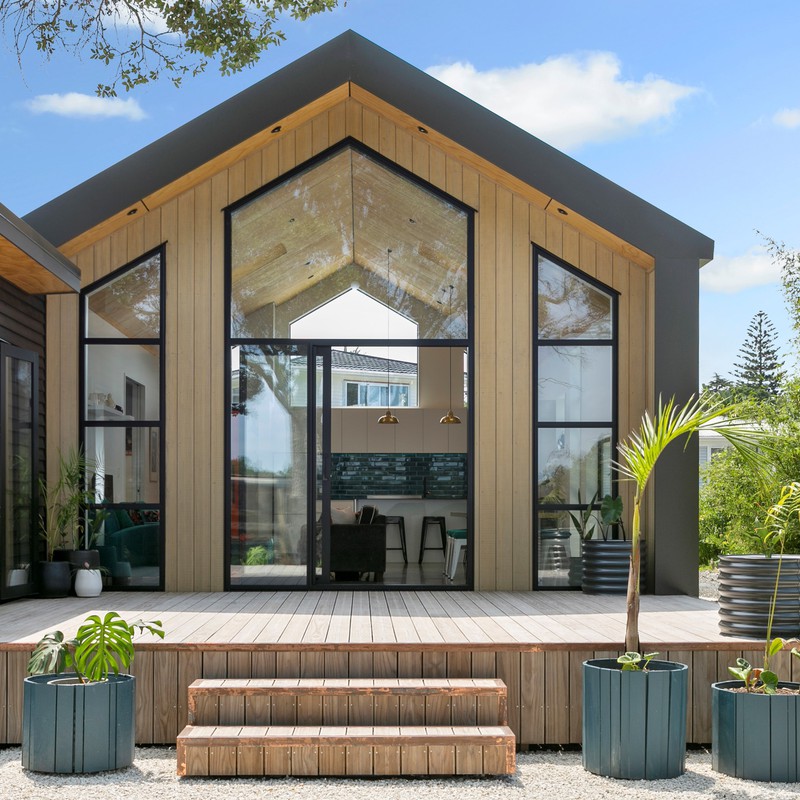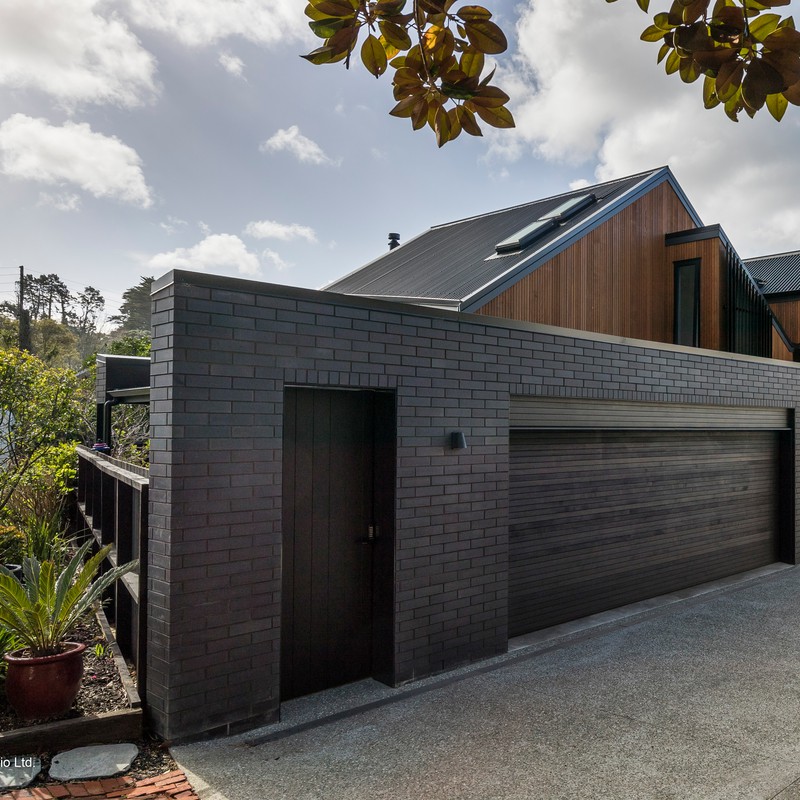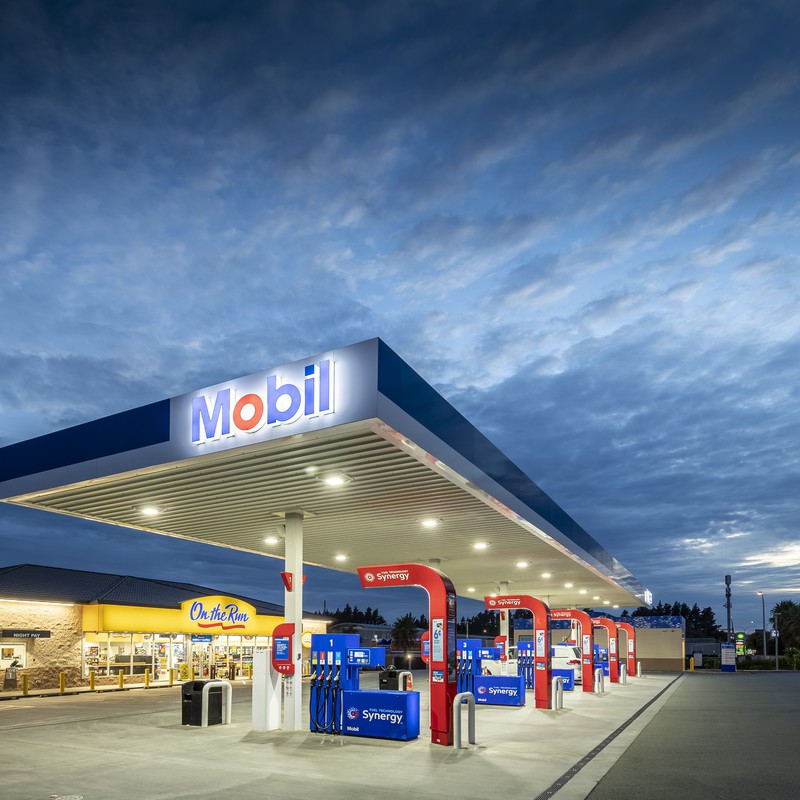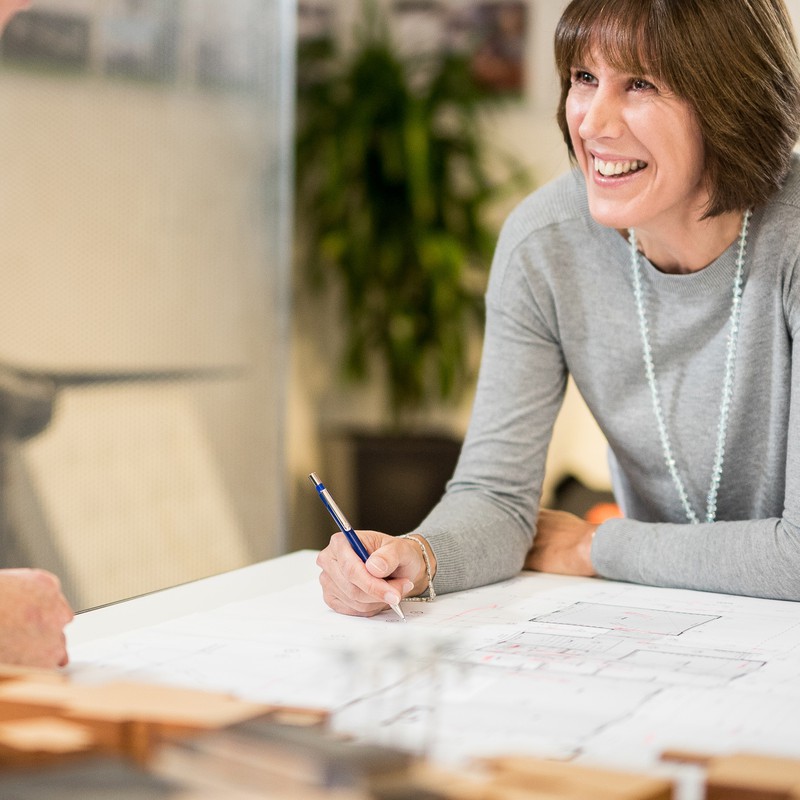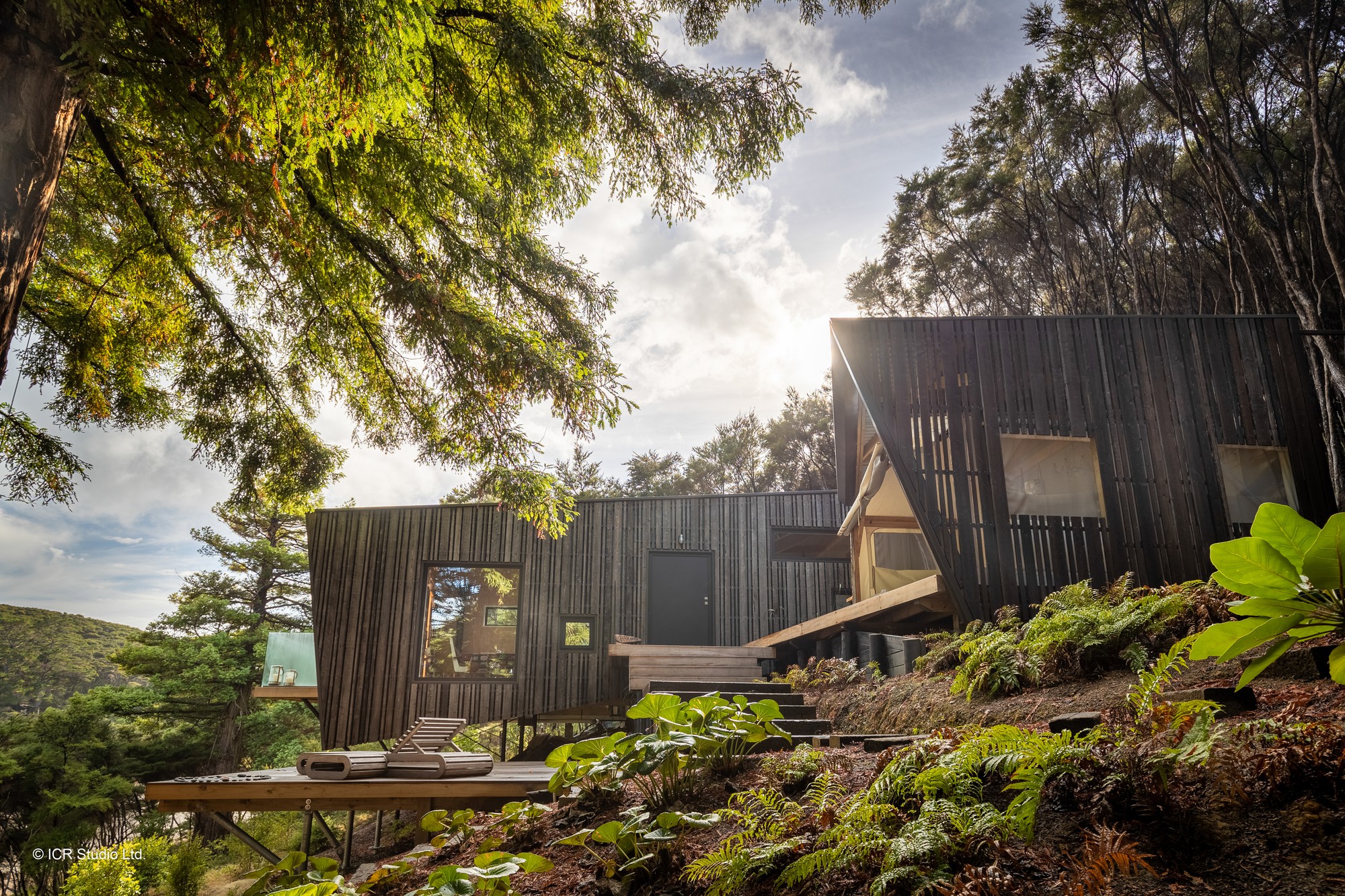
The ehouse® Experiment
Many baches start with a brief which emphasizes a difference to their city house. Most fail, very rarely is this realized and a city house is disappointingly replicated. The Kiwi Bach is becoming a rare thing. This project is about nostalgia, holidays like when you were a kid, wet togs on the floor and games of scrabble around the table after dinner.
So what’s with the orange?
Chosen for its drama as well as its seclusion, this site is nestled among a grove of Redwood trees and lush native forest at the edge of a tidal estuary within North Cove of Kawau Island. The form of the bach responds not only to the site, but to the opportunities of passive solar design, controlling internal temperature throughout the seasons. The construction is extensively insulated and the CLT floors provide thermal mass to assist in providing an even internal temperature throughout the year. To help it settle in, the exterior is a Korowhai cloak of charred Larch to mimic the expansive Kanuka surroundings.
The project brief emphasized a relaxed and nostalgic feel. Our clients memories of their childhood holidays were at the Hahei camping ground in their orange caravan with the brown and orange awning. These were the best of times and therefore this bach had to give a nod to the old caravan days. They didn’t need lots of rooms, just enough space for the family to hang comfortably out all year round.
Being located on an Island meant that all materials and building components had to be barged to site and on one occasion a helicopter was required to transport materials onto site. Due to being on an island meant we also needed to think differently about a how the building would be built, establishing a balance between what could be lifted with the equipment at hand and minimising excessive reliance on labour to carry materials and components from the beach to the building platform. It was an opportunity to explore alternate building systems to fulfil these requirements, hence ‘The ehouse experiment’.
The structure is very compact, measuring just 7metres by 12 meters and a modern take on the studio bach but still providing all the necessary accommodation and living. Living areas spill out to perimeter decks and glamping platforms. Light and simple materials are used throughout to create a relaxed feel. Pine plywood wall and ceiling linings, Birch cabinetry and recycled Matai panelling provide the canvas to the space.
Although the materials are basic, they offer depth of visual interest and tactility with the warm tones of the wood as a backdrop to the collected 50s furniture and furnishings. Eliminating floor joists and implementing a CLT floor was a very simple decision to make as a starting point. Corrugated stainless steel water tanks were essential from a design point of view to emphasize the self sufficiency of the nostalgic bach or trampers hut.
Many baches start with a brief which emphasizes a difference to their city house. Most fail, very rarely is this realized and a city house is disappointingly replicated. The Kiwi Bach is becoming a rare thing. This project is about nostalgia, holidays like when you were a kid, wet togs on the floor and games of scrabble around the table after dinner.






